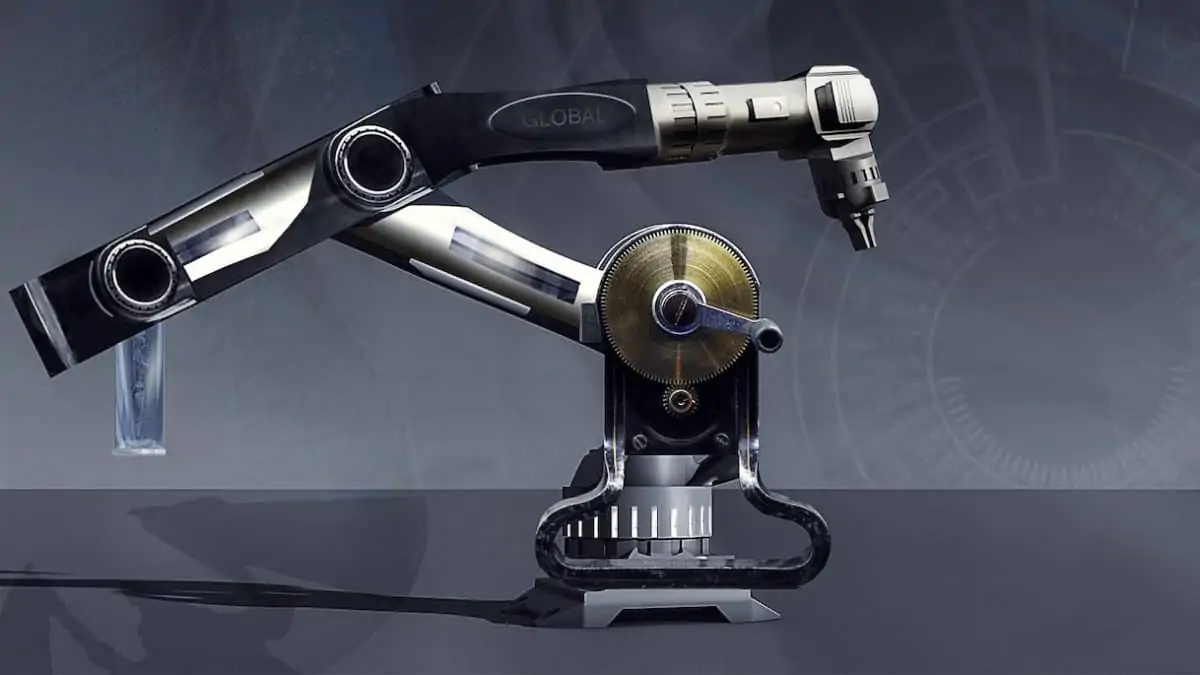Manufacturing technology helps power forward the industry into areas it has never been before. It can also help cover every section of your manufacturing process that you could even think of.
This includes being able to accurately calculate the real manufacturing cost of our products (and meet customer cost reduction requirements), by measuring things like failures in production, repairs, products return from customers, scrap of products and components, and late deliveries of products to customers.
Manufacturing technology can also assist you with key issues that come about in your quality control process.
So are there any perceived downsides to a company investing in manufacturing technology? Should there be any hesitation to more technology investments?
Growth of Manufacturing Linked to a Loss of Manufacturing Jobs?
The Bureau of Labor Statistics recently predicted manufacturing will be the only major occupational group that will experience a decline in the 10-year period from 2016 to 2026. In fact, in the 10-year period from 2000 to 2010, the US lost 5.7 million manufacturing jobs.
Reasons given were stepped-up global competition, weak consumer demand, and improved productivity. It’s no wonder that many manufacturing employees could fear losing their jobs, but what is really happening to them?

One could point to the common concern that has been around for ages: robots (or technology in general) are replacing jobs. But a stronger realization to make is that when a company invests in more manufacturing technology, it’s simply replacing certain jobs for others.
This means that while traditional manufacturing jobs are decreasing, they tend to skew towards a certain new type of manufacturing job, and other manufacturing jobs are becoming more commonplace in the job market. Jobs that were previously powered via an employee are now able to be automated (or sometimes outsourced).
However, companies should not be worried, but rather be aware of the type of employees they hope to hire over the next few years. Obviously, manufacturing plants can’t run themselves, as you’ll need people to design, build, and overall manage and maintain the technology that your business is running off of. This simply means you’ll see in increase in IT-related employees as compared to more traditional blue-collar jobs.
With this being known, it can seem like investing in software can be quite the adjustment for a company. Why should they move forward in doing so?
Software Investments are Expected to Grow Compared to Prior Years
A company will need to evaluate their current processes and ask “Where are we currently in terms of digitization for the manufacturing industry? Where do we compare or rank in relation to our competitors?” While you can always think of the expression “When they zig, you zag”, at the very least, you’ll need to “zig” enough as compared to your competition in order to be in the position to “zag”!
A recent manufacturing study was conducted which found that 61% of SMB manufacturers already use or plan to buyMRP software within the next year. In fact, they expected to see a general growth in software and technology investments in 2018 compared to previous years, as 83% of respondents said they planned on investing at least the same (37%) or more (46%) on technology than they did the previous year.
The survey goes on to mention how although the percentages are high for companies already using or planning to use technology as time goes on, nearly one in five manufacturing professionals will still always rely on accomplishing a task manually.
This goes to show that while technology may be taken over certain areas of manufacturing (including the need for certain jobs), you truly can’t replace everything with technology. Does this put this company at a disadvantage? Should they be investing in more software? 26% of companies admitted that they spend more than 3% of their total revenue on software and other IT related needs.
More Spending Means More Quality to Control
If companies are spending more on technology and software, they are going to come into a situation where they have fewer employees to manage and more quality to control. Quality control of the past was concerned with ensuring that employees were being productive. However, manufacturing analytics has evolved to where you need things like predictive statistics, BI (business intelligence), and material resource planning as well as an execution system (MRP and MES).
A recent report from Deloitte (via Forbes.com) found that many areas of manufacturing technology are expected to drive an increase in investments, including things like Artificial Intelligence, 3D Printing, and Advanced Robotics. Any sort of increase in investment from your own company is going to require that you’re testing products and machines effectively, and quickly conduct root cause analysis and improve your quality and yield.
The goal of new technology will be to increase your output and thus your company revenue, and you’ll want to make sure you have all your bases covered when planning an investment in new technology.
Being able to collect and analyze machine and test data to improve efficiency, quality, and yield will be a top concern for many companies, and it’s important you are prepared as we head into the future.

Author Bio:Russ Davidson is a Digital Marketing Specialist at Software Connect, a company that provides free MRP software recommendations based in Milwaukee, WI. Since 1996, we’ve helped thousands of companies find the best solution for their needs by understanding software requirements and pointing them in the right direction.


One thought on “The Expected Growth of Manufacturing Technology Investments!”
Comments are closed.